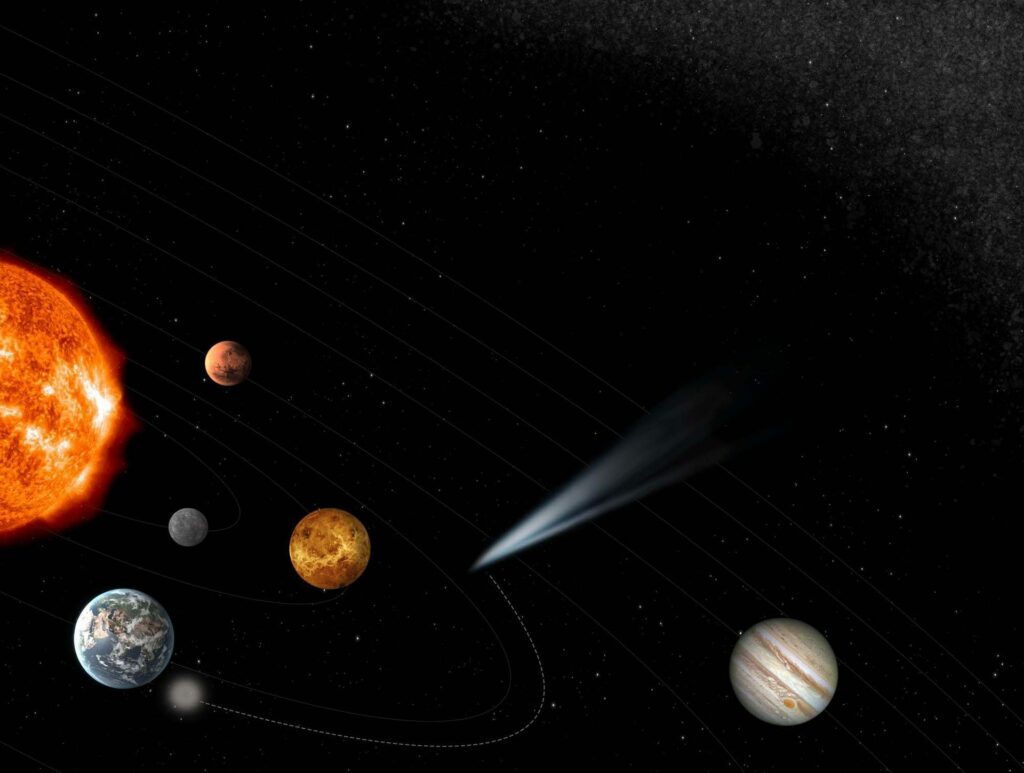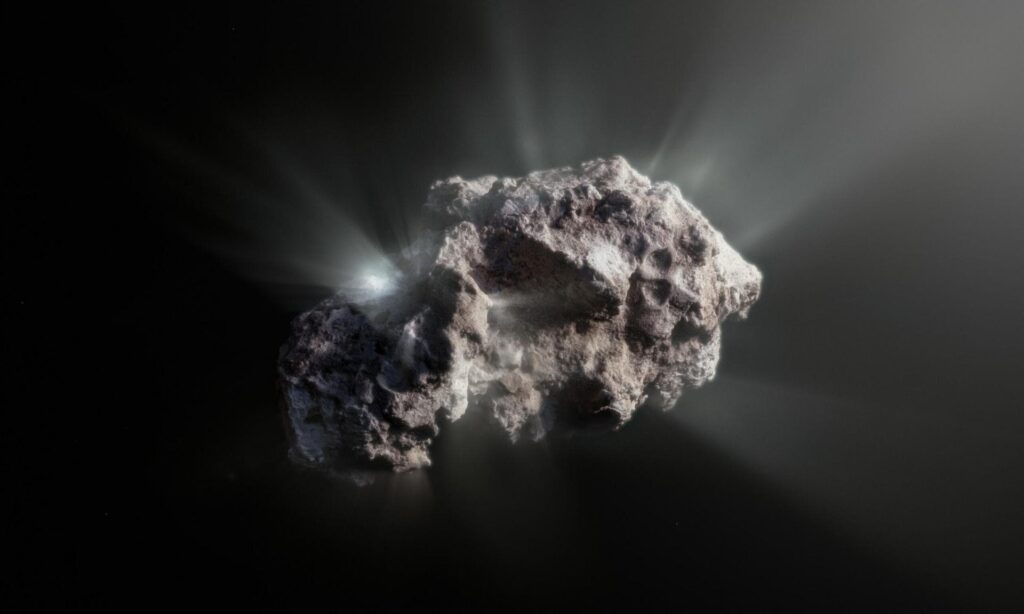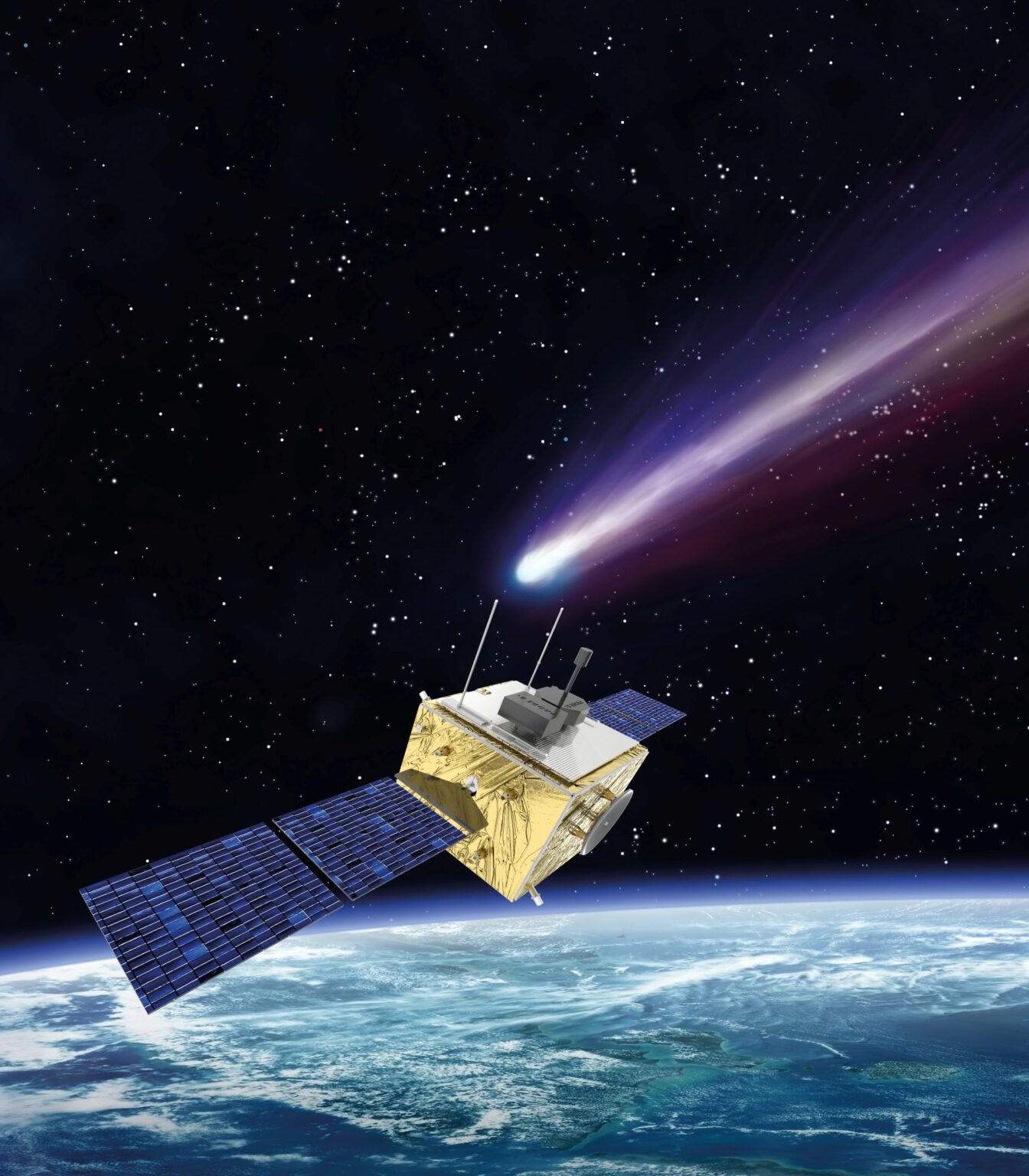The European Space Agency (ESA) has officially approved the construction of the Comet Interceptor spacecraft. The project will be implemented jointly with the Japanese Aerospace Agency (JAXA).
Comet Interceptor Mission Objectives
The Comet Interceptor project was proposed in 2018 and selected by ESA for consideration in 2019. It belongs to the so-called missions of class F (from the word Fast). This means that about eight years will pass from the start of the project to the launch, and the mass of the spacecraft will be less than 1000 kg.

The main task of Comet Interceptor will be the study of comets. Of course, in the past, space agencies from different countries have already launched probes to tailed guests. But then we were talking about well-known comets that have repeatedly visited the Sun and have already lost most of the supply of volatile matter.
The goal of the Comet Interceptor will be a comet that is approaching the Sun for the first time. Scientists hope that studying its matter will shed light on how our Solar System was formed. Another, much more intriguing (but also much less likely) potential possibility is a visit to an interstellar comet, which will actually give an opportunity to look into another star system and compare it with ours.

The main problem with such a mission is that the time between the discovery of a new comet and the completion of its visit to the Sun is measured in months, while the construction of a spacecraft takes years. Solution: Creation of a probe that will be brought to the “parking position”, where it will be fully ready to wait for the visit of the tailed guest. This is exactly the task assigned to Comet Interceptor.
Comet Interceptor design and launch date
Comet Interceptor will be launched to the L2 Lagrange point of the Sun—Earth system at a distance of 1.5 million km from Earth. After detecting a suitable comet, it will be directed to it along a flight path.

A few weeks before the meeting with the comet, two probes carrying their set of scientific instruments will separate from the Comet Interceptor. It is assumed that they will observe the comet from different angles and create its three-dimensional profile, collecting maximum information about behavior and interaction with the environment. ESA will undertake the construction of the main spacecraft and one of the probes, while JAXA will undertake the construction of the other probe.
The Comet Interceptor will go into space as an additional load together with the Ariel telescope. Currently, its launch is scheduled for 2029.
According to https://www.esa.int
Follow us on Twitter to get the most interesting space news in time
https://twitter.com/ust_magazine

